Chipmunk Unmentionables
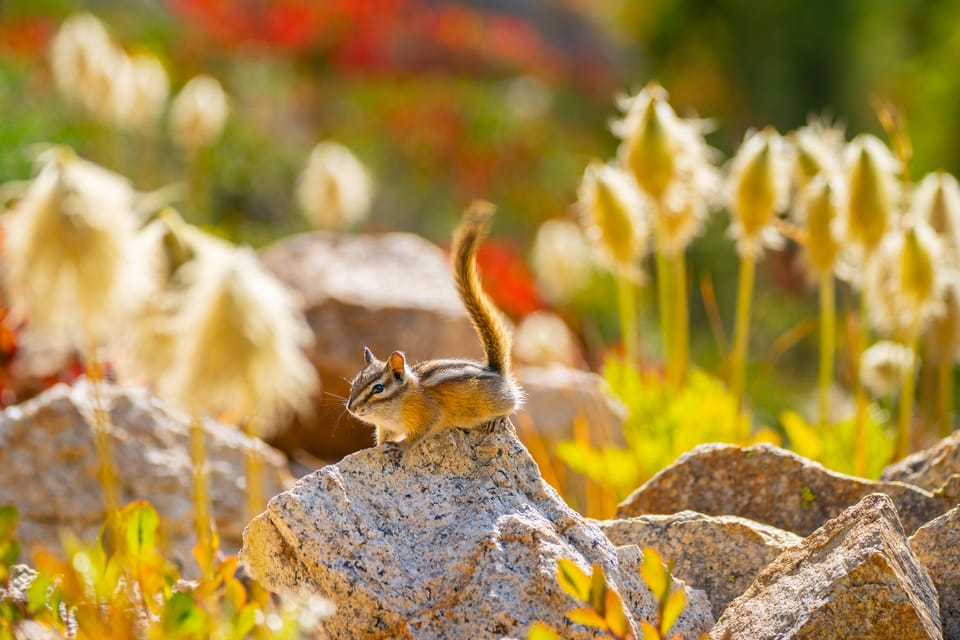
I feel fortunate that I now live in an area where there is only one species of chipmunk. It makes my life as a naturalist much, much easier.

I used to live, and travel widely, in the Sierra Nevada, where there are eight chipmunk species that are virtually impossible to separate. Even experts struggle to tell these chipmunks apart, and if it's this hard for experts, imagine what it's like for the chipmunks themselves.
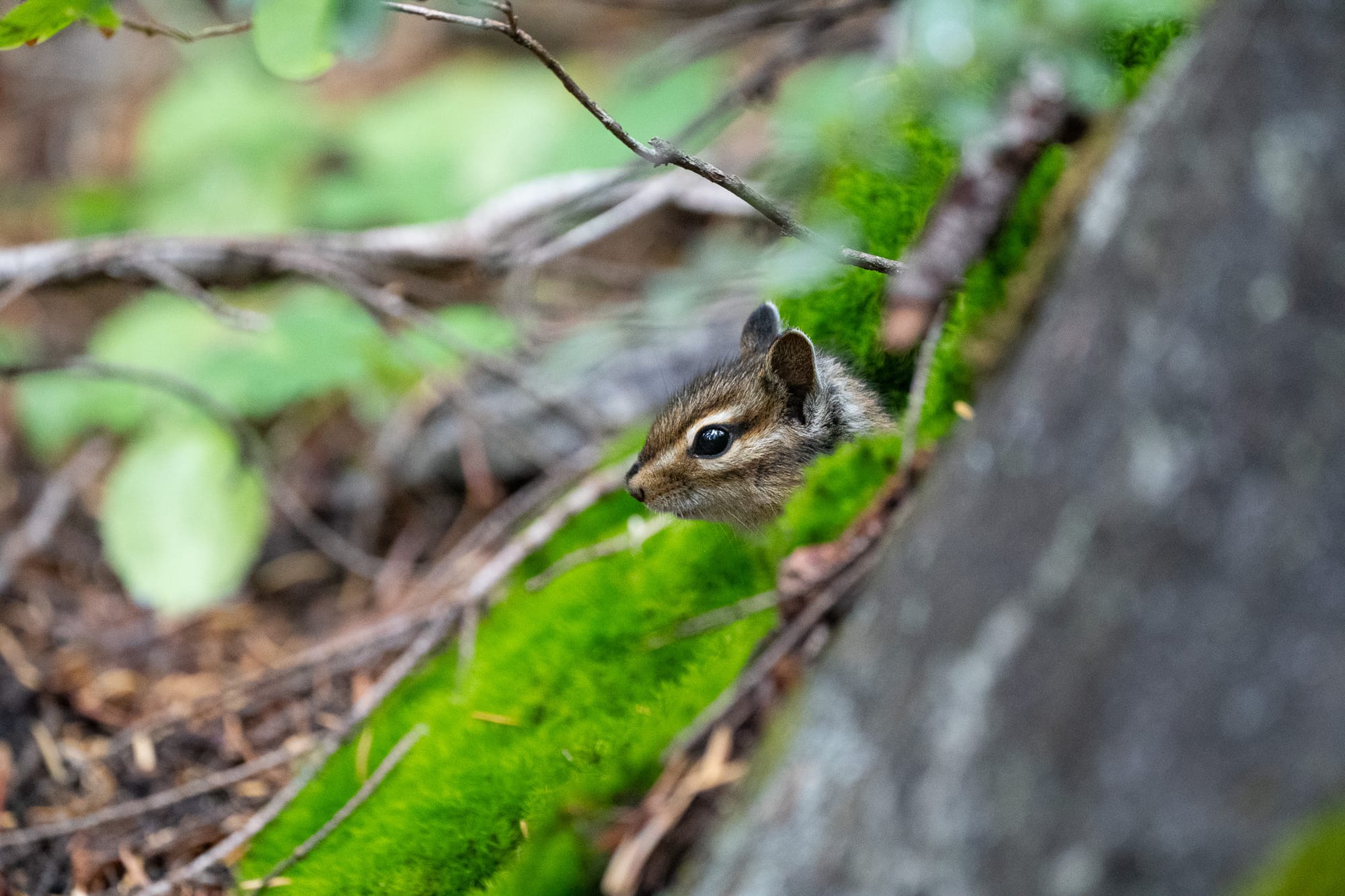
The risk of mating with the wrong species goes up dramatically when multiple species look the same and live in the same geographic area. This risk is even higher for small animals, like chipmunks, that are pumped full of hormones, hyperactive, and interacting with brief flashes of intense energy during the height of their breeding season.
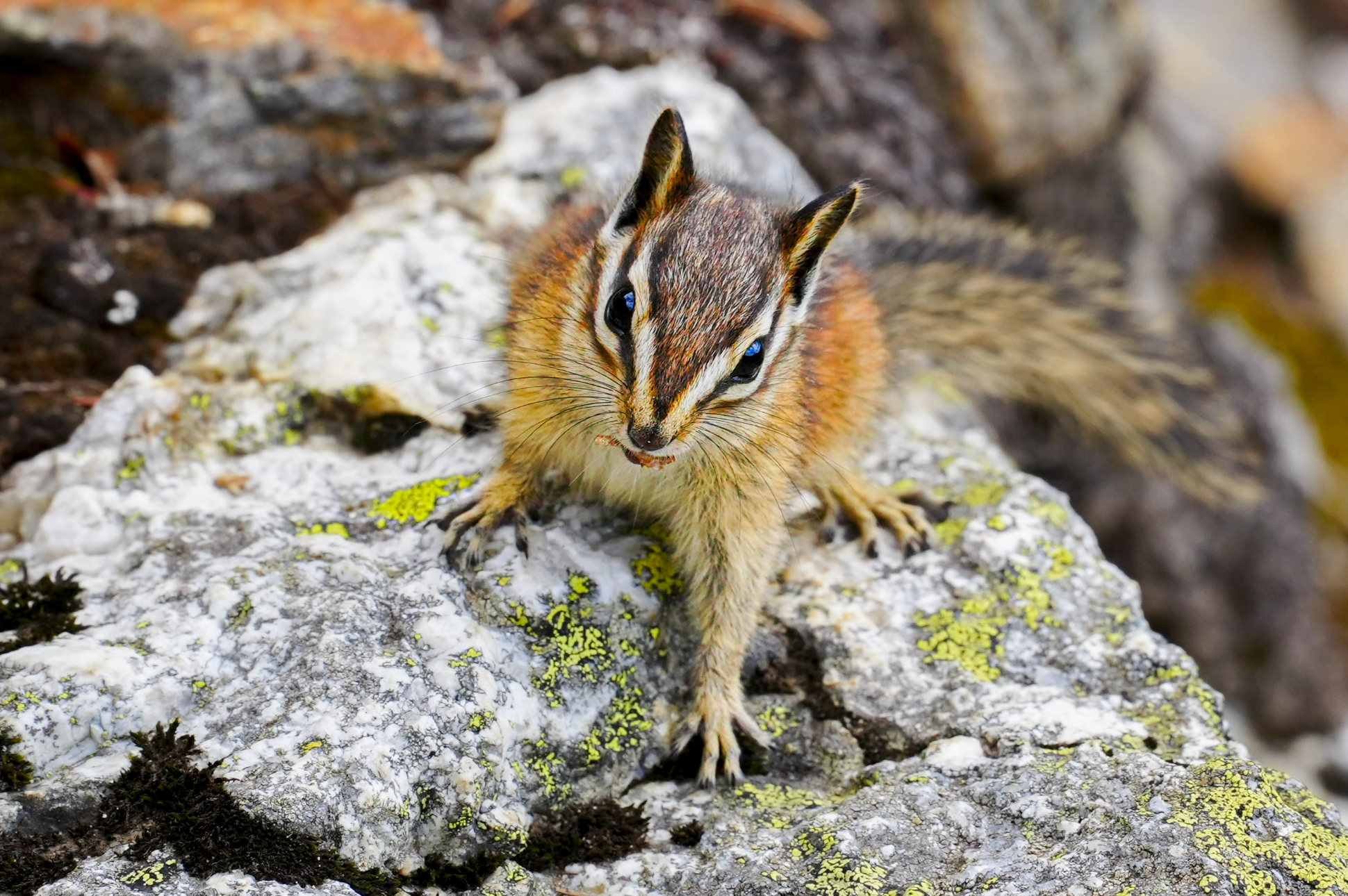
Chipmunks probably have a mix of clues they pay attention to—including odors, behaviors, and vocalizations—to determine if they're attempting to mate with another chipmunk of the right species. But chipmunks also have a fail-safe backup that keeps them from making a mistake in the heat of the moment: the male of each species has a uniquely shaped penis bone that will only fit, like a lock and a key, with a female of the same species.
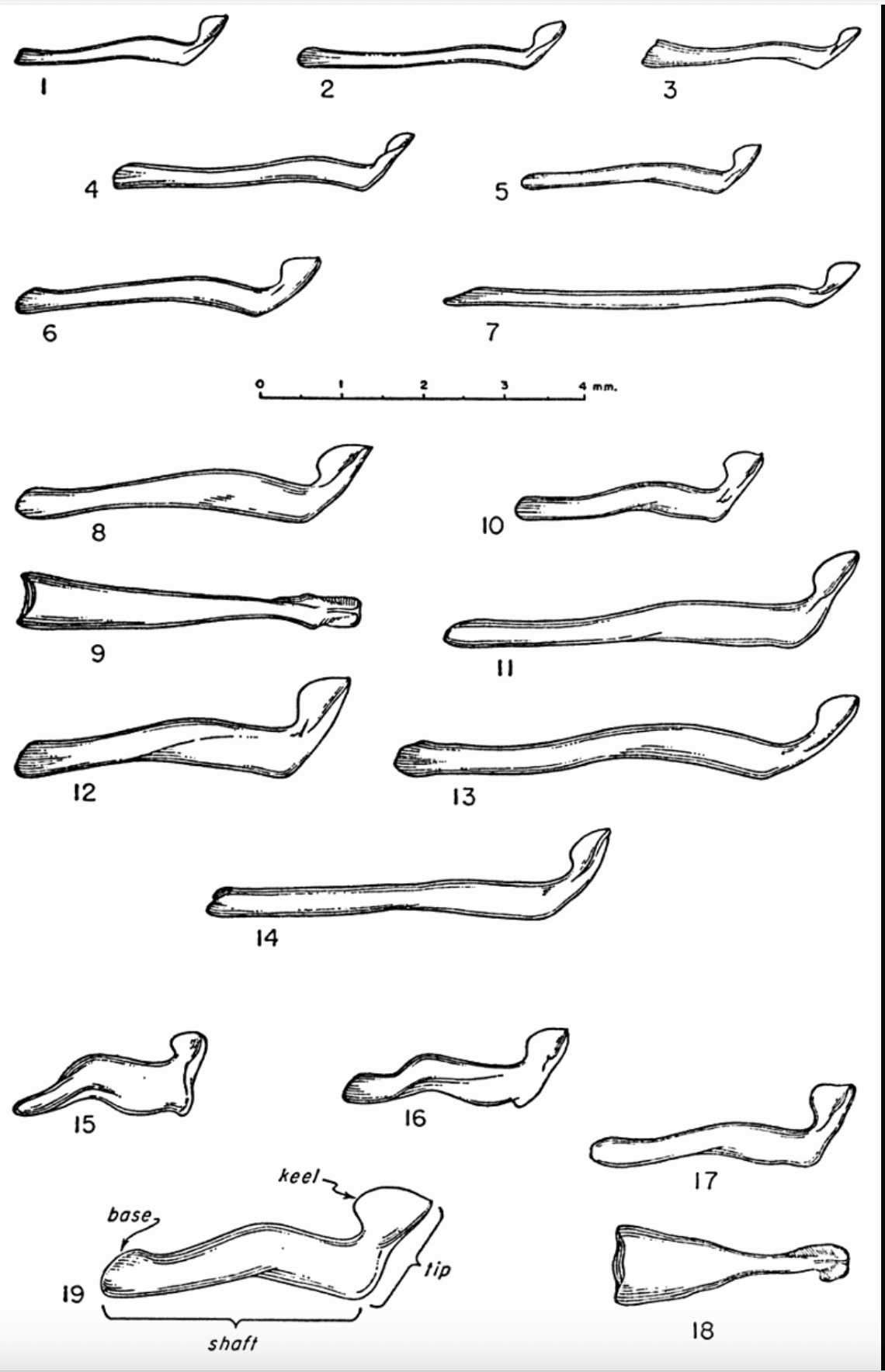
These penis bones, also known as bacula, are found in many mammals. In some species they allow for extended periods of copulation, and in other cases (such as chipmunks) they help distinguish similar species.
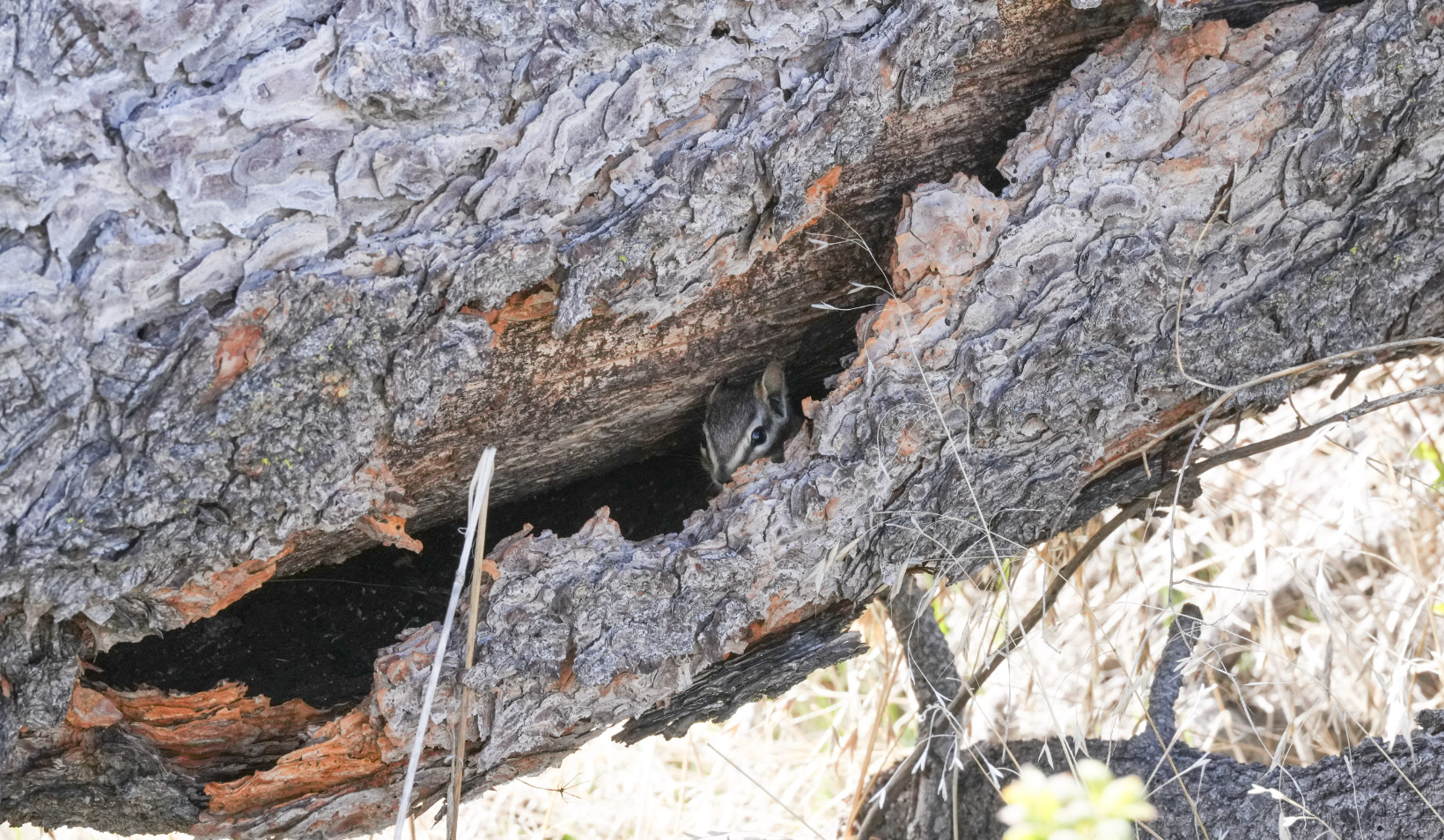
Unfortunately for chipmunks, if a scientist comes along and wants to know which species you are, they might need to cut out your penis bone to make sure they've positively identified you!

Member discussion